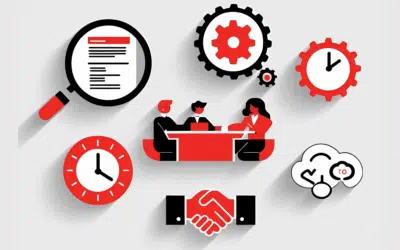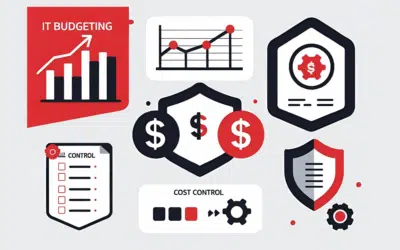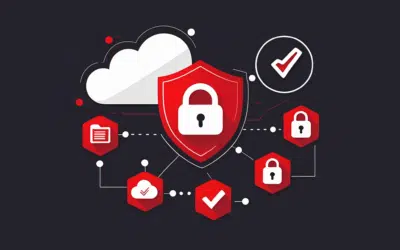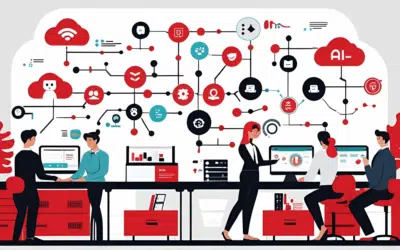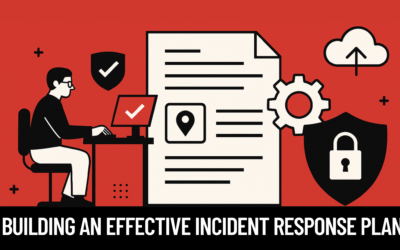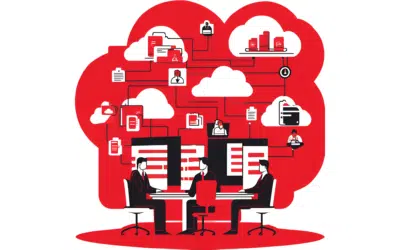Backup and disaster recovery (BDR) is an essential planning component for small businesses.
Imagine if a hurricane struck tomorrow. Maybe an earthquake. Realistically, it could be as simple as a cyberattack or some sporadic power outage.
How long would it take you to be back up and running?
How much data could you potentially lose forever?
These are the types of questions and scenarios that you need to ask yourself. While the managed IT services we provide at Axxys include robust state of the art BDR measures, it is still a good idea to have your own complete checklist on hand of in-house procedures to follow to make sure you are prepared for major disasters when they take place.
1. Make a List of Responsibilities
Anything from the access to security systems to the authorization of making major decisions like business relocation, it is important to have a hierarchical list of responsibilities in place before a disaster strikes.
This list should specifically detail who holds which responsibility so that action can take place immediately, and without confusion or squabble, in the case of a major threat to your business.
In short, having defined roles can clear confusion and delegate roles much better.
2. Have Established Recovery Goals
Besides having an emergency chain of command and delegated roles, it is also very important to prioritize recovery steps. That includes recovering critical systems, identifying the most important data, contacting the proper teams in case of loss or damage, and more.
Related: Quality Data Backup for Business Is Now a Necessity
Be sure to ask lots of questions when planning everything out. Should files and folders be recovered before primary systems recovery, or after? What’s going to get me back up and running quickly? Questions like these should be clearly answered so that your organization can deploy resources effectively.
3. Designate a Backup Workspace
Imagine what would happen if your office or business space simply was too damaged to be used for a prolonged period of time. Many organizations keep another space in mind that they can use.
Did You Know? 54% of companies report they have experienced downtime from a single event, lasting more than 8 hours.
Depending on your business needs, a backup workspace may be the best course of action for getting things back up and running quickly. However, keep this in mind – these aren’t exactly inexpensive.
4. Have an Emergency Power Source
Power outages are one of the most common disturbances associated with natural disasters, and it’s always a good idea to be prepared for one. By installing uninterruptible power supply (UPS) systems on your most important mission-critical servers and systems, you can make sure that the core and most essential elements of your business will never go down due to power outages.
5. Safeguard Your Data Sources
Besides storing your data in the cloud to keep it safe, the location of your physical data center has a lot of bearing on how much damage it will sustain in the event of a disaster.
Be sure to monitor access to mission-critical technology resources, such as your servers, to maintain adequate levels of security. After all, you wouldn’t want someone to be able to walk into your server room and do what they want.
Did You Know? Downtime costs small businesses up to $8,600 per hour.
6. Conduct Training Drills
You must test the effectiveness of your data recovery systems before a disaster takes place by conducting a training drill. Not only will this allow you to see how well your team and operation can recover, but it will familiarize you and your employees with the steps needed to take in the case of a real event.
7. Frequently Evaluate Your BDR Plan
Because circumstances change rapidly, your BDR plan should always be updated to include changes in equipment, personnel, and even location. Set a designated time (like every few months) to review your BDR plan and make sure everything is both relevant and up to date
Need more information on BDR solutions? Check out what Axxys can do.

